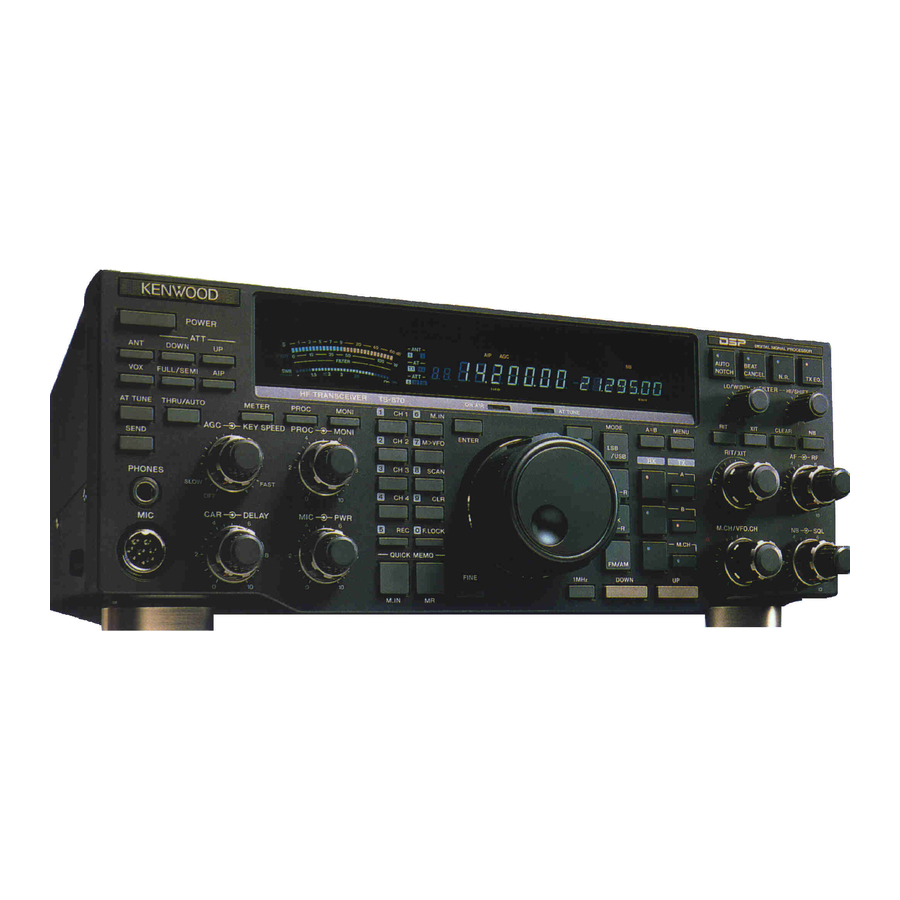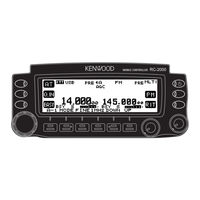
Kenwood TS-870S Manuals
Manuals and User Guides for Kenwood TS-870S. We have 7 Kenwood TS-870S manuals available for free PDF download: Instruction Manual, In-Depth Manual, Operation Manual
Kenwood TS-870S Instruction Manual (104 pages)
Intelligent Digital Enhanced Communications System
Brand: Kenwood
|
Category: Transceiver
|
Size: 2.76 MB
Table of Contents
Advertisement
Kenwood TS-870S Instruction Manual (105 pages)
Intelligent Digital Enhanced Communications System
Brand: Kenwood
|
Category: Transceiver
|
Size: 5.41 MB
Table of Contents
Kenwood TS-870S Instruction Manual (104 pages)
Intelligent Digital Enhanced Communications System
Brand: Kenwood
|
Category: Transceiver
|
Size: 4.72 MB
Table of Contents
Advertisement
Kenwood TS-870S Instruction Manual (60 pages)
Mobile Controller
Brand: Kenwood
|
Category: Transceiver
|
Size: 0.72 MB
Table of Contents
KENWOOD TS-870S Instruction Manual (104 pages)
Intelligent Digital Enhanced Communications System
Brand: KENWOOD
|
Category: Transceiver
|
Size: 5.21 MB
Kenwood TS-870S In-Depth Manual (28 pages)
HF
Brand: Kenwood
|
Category: Transceiver
|
Size: 1.33 MB
Advertisement






